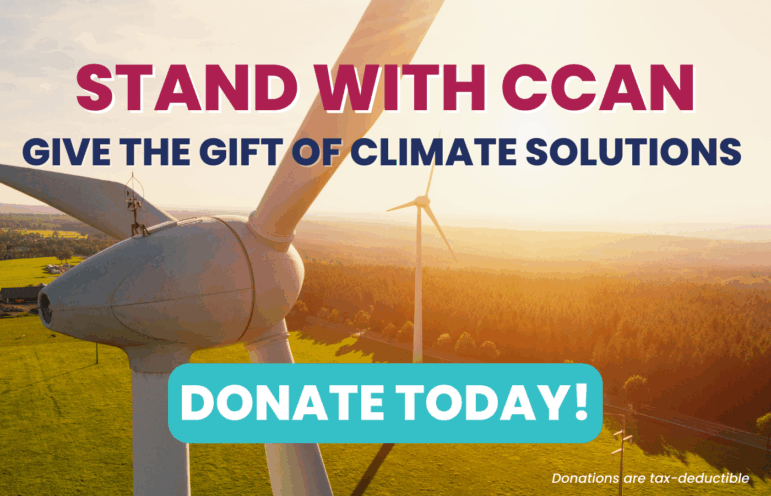The Hill
By Keith Laing
Environmentalists are unhappy with Virginia Gov. Bob McDonnell (R)’s decision to retain a tax on hybrid vehicles in a transportation funding plan for the state.
McDonnell reduced the amount of the tax from $100 per year to $64, his office announced on Tuesday.
But the Chesapeake Climate Action Network (CCAN) said he should have removed the entire tax.
“While Gov. McDonnell bent to public outcry and reduced the hybrid car tax, he should have vetoed it altogether, as thousands of Virginians urged,” CCAN Virginia State Director Beth Kemler said in a statement. “The hybrid tax remains an unfair and unreasonable policy. A $64 fee is just as arbitrary as the whole policy is to begin with.”
Continue reading


